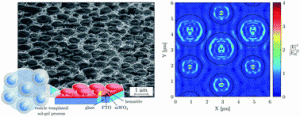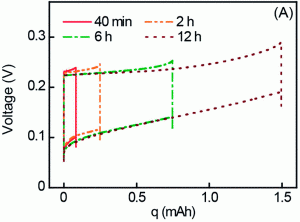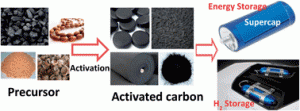In an impressive feat of engineering, scientists in Denmark have devised a rapid, scalable and industrially viable way to manufacture large sheets of flexible organic tandem solar cells. Their successful application of roll-to-roll processing is a significant achievement for this emerging renewable technology.
An organic photovoltaic (OPV) solar cell is a polymer-based thin film solar cell. OPV solar cells have been the focus of much research as they are lightweight, flexible, inexpensive, highly tuneable and potentially disposable. They are also unparalleled in the number of times that they can pay back the energy used in their manufacture.
In the quest to improve the efficiency of OPVs, which, in addition to operational lifetime, is currently their key limitation, various new materials, processing methods and device architectures have been investigated. Among these is the tandem cell, where multiple junctions are stacked upon one another. This can increase the efficiency of the cell by not only increasing the number of junctions, but, along with careful selection of complimentary materials, can make it possible to harvest photons from a broader region of the spectrum. However, this more complicated architecture renders their manufacture significantly more challenging.
Interested to find out more? Read the full article by William Bergius in Chemistry World.
Read the original article in Energy and Environmental Science:
Scalable, ambient atmosphere roll-to-roll manufacture of encapsulated large area, flexible organic tandem solar cell modules
Energy Environ. Sci., 2014, Advance Article
DOI: 10.1039/C4EE01223B
Thomas R. Andersen, Henrik F. Dam, Markus Hösel, Martin Helgesen, Jon E. Carlé, Thue T. Larsen-Olsen, Suren A. Gevorgyan, Jens W. Andreasen, Jens Adams, Ning Li et al.















